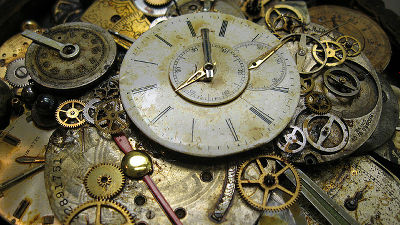Why is 1 minute 60 seconds and 1 hour 60 minutes, 24 hours a day?

ByChristina B Castro
One day can be expressed in 24 hours, 60 minutes for 1 hour and 60 seconds for 1 minute. Where are the origins of these figures that are completely blended into everyday life come from?Scientific AmericanIs a metrologist andNational Institute of Standards and TechnologyI am summarizing these origins while taking the argument from such as.
Why is a minute divided into 60 seconds, an hour into 60 minutes, yet there are only 24 hours in a day ?: Scientific American
http://www.scientificamerican.com/article.cfm?id=experts-time-division-days-hours-minutes

The numbering system that is currently most used in the world isDecimal systemSo, in order to count the number with human fingers "TenIt is thought that it would have been completed because the number "was optimal."
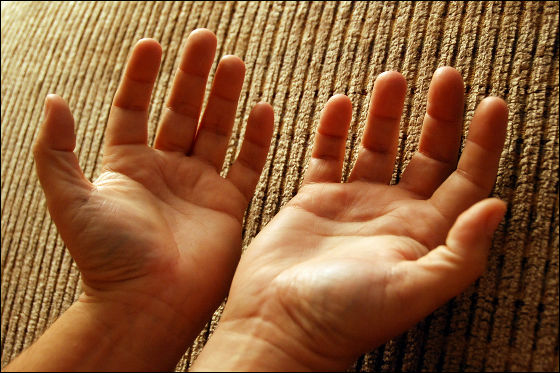
ByKevin Harber
As documentation remains that ancient Egyptians used sundials, most historians believe that they "Split every few hours"It is the first civilization in history to make it. The first sundial clock was said to indicate time in the direction and length indicated by the shadow of the rod inserted on the ground, but around 1500 BC, a more sophisticated sundial is invented. The sundial was a watch that inserted a T-shaped bar on the ground and divided the range of shadows that can move from sunrise to sunset into 12 pieces. It is thought that this "12" number came from the decadent method used in Egypt.
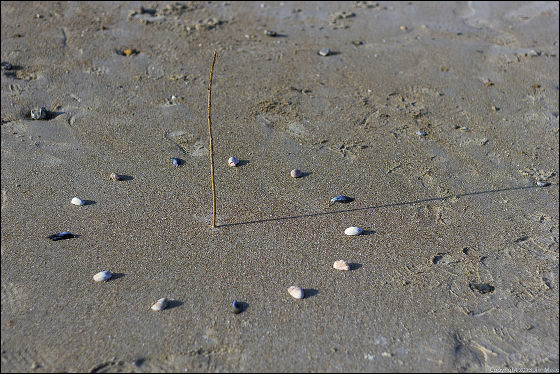
ByJim Mead
By the way, it seems that the origin of the decadent method is considered to be either "that the year in the late cycle is 12 months" or "the number of joints of the fingers other than the thumb is 12" is.
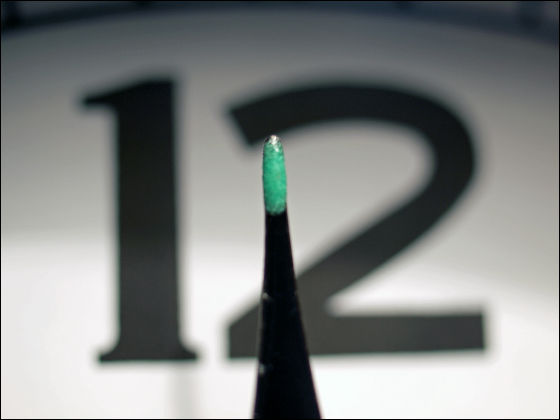
ByMarkus Grossalber
With such a sundial clock, we now call ourselves "1 hour, 2 hours" and so on, the idea of dividing the day into several hours was born. The time during the day divided into 12 is almost the same length, but throughout the year, the days are long in the summer and short in the winter, so the difference is great for each time at that time It has come out. In other words,The length of "time" divided into 12 differs for each season and monthThat was what it was.
From that time on, the times with conflicting impressions of "daytime" and "night" after sunset are considered as one set, and these are collectively referred to as "1 day"Although it seems that the concept was made, it was very difficult to divide" night "into fine time without the help of the sundial for those of those days, so the day was divided into 24 hours from the beginning , It does not seem to be that it is.

ByEifion
But when the sundial was first used, Egyptian astronomers observed 36 stars aligned at equal intervals to draw a circle in the sky, "Night" looked at 18 of these stars Can you divide it into small pieces of time? ", Thinking that the three stars among them are the same as the two stars that are hard to see from the ground and the" night "is divided into 12. And this time division method,New Kingdom of EgyptIn the era, twelve of the twenty-four stars pass through during the night, and it is simplified by the wind, and in the ancient times, by using a water clock that would have been able to measure time the most accurately It will become possible to divide the time of "night" accurately. The sample of the clockwatches found at the Amon Temple in Carnac is around 1400 BC, and the inner surface is inclined to reduce the water pressure, but inside it "12" is divided into 12 It was said that there was a graduation for. Furthermore, it seems that this clock was graduated at a different position every month, and it was found that there was long ago that considering that the time of daytime differs slightly from month to month It is.
Thus, "daytime" and "night" were divided into twelve hours each,One day was divided into 24 hoursThat's it.

ByJoseph Dsilva
For centuries the length of an hour remained apart by season, daytime and night time since the day was divided into 24 hours. However, the same way that the length of an hour is divided equally 24 of a day,HellenismI was born in the era. It is a Greek astronomer who was active from 147 BC to 127 BCHipparchus, "1 day"Divide 24 evenly and evenlyWe advocate the idea that. This idea is based on the daytime of the time when the length of the day and the night are almost equal (the day of the spring equinox or autumn equinox). However, despite splitting one day so that the length of each hour is almost the same, over the centuries thereafter, among the common people the length of one hour for each season is different as it is until then 1 It was said that the day was divided. In addition, it seems that the way to divide evenly evenly is commonly used around the 14th century when mechanical clock comes out.
Hipparchus and other Greek astronomers have inherited the Babylonians from the SumeriansSix decadesWe apply it to astronomy to make time classification finer. It is unclear why this hexadecimal notation takes "60", but "60" is the smallest number divisible by numbers such as 10, 12, 15, 20, 30, so it is a very convenient number in fractions. Although it is rarely used in general calculations, it is a rare decades method, but it is also true that it is still used when measuring angle, geographical coordinates, and time.
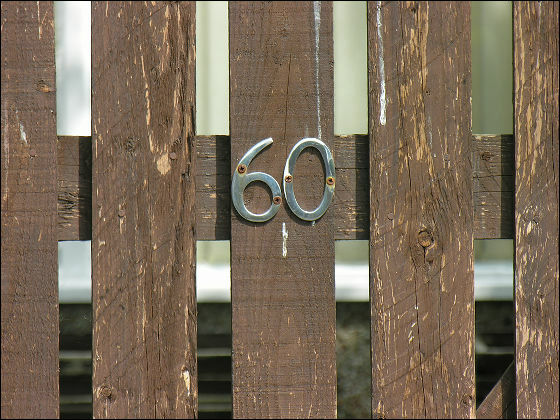
ByRuddington Photos
Greek astronomer from 276 BC to 194 BCEratosthenesDivided the circle by 60 to develop the latitude in geography. After that century, Hipparcos standardizes this by pulling parallel latitude along the shape of the Earth and further wrapping the whole earth with meridians and parallels by adding the concept of longitude to it, and dividing it by 360 I devise. Thus, the earth is divided into 24 segments by meridians, one segment representing 1 hour, and so on. After that, it was around 150 AD, and he is the author of Alma GuestClaudio's PtolemyApplied a method to divide the earth of Hipparcos smallly and divide the segment divided into 360 further into 60 so that a unit of time known as "minute" was born. Furthermore, it divides this into 60s and also creates "seconds". However, it seems that the time unit such as "minute" and "second" became to be used properly since ten centuries later. Because it seems that the idea of expressing this one hour in 60 minutes was not quite practical for the general public and until the end of the 16th century when the first mechanical clock to display up to "minute" was born, Scientific American describes that it was a time unit not to be done. This seems to be because there are many current clocks that only have tick marks that represent "minutes", even though division units of a fine time are indicated, there was no way for ancient people to know it .

ByAlex Brown
Although it is clear that the study of ancient civilization has played a major role in establishing the present time division method, due to the progress of modern time measurement technology, definition on time has changed. According to the resolution of the International Measurement and General Assembly in 1967 "One second is the duration of 9,192,631,770 cycles of radiation corresponding to the transition between the two hyperfine levels of the ground state of cesium 133 atoms" It is redefined. Interestingly, the modern time which became more accurate with the atomic clock is also slightly different from the time based on the rotation of the earth, so to fill this gapLeap secondMay be added. Due to this gap, it is said that 8 minutes in 10 years 1 minute may be 61 seconds.
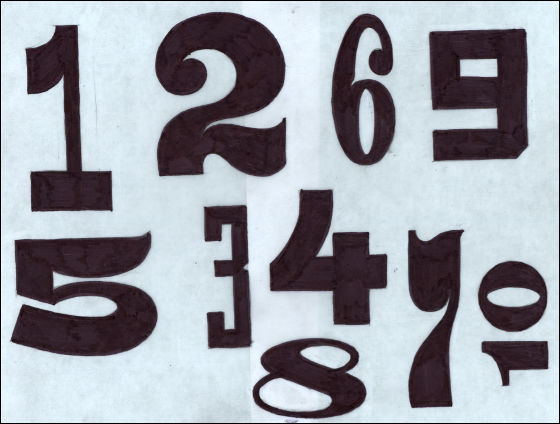
ByAndy Mangold
Related Posts:
